$959.00 Original price was: $959.00.$759.00Current price is: $759.00.
Sex: Both Male And Female Available
Weight: Approximately 50-160 grams
Diet: Live and Frozen/Thawed Medium Mice
Image: Representative Image
Breed: Aru Green Tree Python
Aru Green Tree Pythons For Sale
Aru Green Tree Python For Sale: The Ultimate Guide
If you’re a reptile enthusiast looking to add a truly stunning and unique species to your collection, the **Aru Green Tree Python** is undoubtedly one to consider. Known for their striking coloration, arboreal lifestyle, and relatively manageable care requirements, these snakes are a popular choice among herpetologists and hobbyists alike.
Whether you’re searching for a **baby Aru Green Tree Python** to raise from a young age or a fully-grown specimen showcasing its mature green and sometimes even blue hues, this guide covers everything you need to know about these magnificent creatures. From their care and habitat requirements to what makes them so special, this article is designed to give you a comprehensive understanding of the **Aru Green Tree Python for sale** market, so you can make an informed decision before purchasing one.
What Is the Aru Green Tree Python?
Unique Origin and Locality
The **Aru Green Tree Python** originates from the Aru Islands in Indonesia. This specific locality is what gives this python its name. Green Tree Pythons are found in several regions throughout New Guinea, Australia, and surrounding islands, but the Aru locality is distinct. Snakes from this area are known for their typically larger size and more docile nature compared to other localities like the Biak or Sorong Green Tree Pythons. This makes the Aru a popular choice among snake enthusiasts looking for a manageable yet visually stunning species.
One of the most appealing aspects of the **Aru Green Tree Python** is its predictable, striking green coloration, although some individuals also display **blue markings** as they mature, leading to the nickname **Blue Aru Green Tree Python**. These snakes are arboreal, meaning they spend most of their time coiled up on branches, making them perfect candidates for visually appealing, naturalistic terrarium setups.
Stunning Color Morphs and Juvenile Phases
The **Aru Green Tree Python** is especially prized for its bright green coloration, but the real magic happens when they are still juveniles. Like all Green Tree Pythons, **baby Aru Green Tree Pythons** are born in one of two colors: bright yellow or brick red. Over time, these colors transition into the striking green that adults are known for. This color change, known as ontogenetic color change, is gradual and can take several months or even years to complete.
One exciting aspect of owning a **baby Aru Green Tree Python** is watching this transformation firsthand. During this period, you’ll notice subtle shifts in color until the snake reaches its mature green phase, with some even developing the highly sought-after **blue hues** along their scales, particularly around the spine and face. These **blue Aru Green Tree Pythons** are especially rare and desirable, making them a prized possession for any serious reptile enthusiast.
Purchasing an Aru Green Tree Python
Finding an **Aru Green Tree Python for sale** is the first step toward owning one of these incredible reptiles. However, there are several important considerations to keep in mind before making a purchase.
Captive-Bred vs. Wild-Caught
When looking for an **Aru Green Tree Python for sale**, it’s essential to ensure that the snake you’re buying is captive-bred rather than wild-caught. Wild-caught snakes are often cheaper, but they come with a host of potential issues, including health problems, parasites, and difficulty acclimating to captivity. Additionally, purchasing wild-caught snakes can contribute to the depletion of wild populations and negatively impact the environment.
Captive-bred **Aru Green Tree Pythons**, on the other hand, are generally healthier, better adapted to life in captivity, and easier to care for. They are also more accustomed to human interaction, making them more manageable in terms of handling and overall care. Always ask the breeder for information about the snake’s lineage and ensure that you are purchasing from a reputable source.
Pricing Considerations
The price of an **Aru Green Tree Python** can vary depending on several factors, including age, color, and lineage. **Baby Aru Green Tree Pythons** are generally more affordable than adults, but prices can still range from a few hundred dollars to over a thousand, depending on the rarity of their markings, especially if you’re looking for a **blue Aru Green Tree Python**.
It’s important to note that while price is a factor, it shouldn’t be the only one. The health and well-being of the snake should be your top priority, and purchasing from a reputable breeder is crucial in ensuring that your python is healthy and free from parasites or other health issues.
Where to Buy an Aru Green Tree Python
There are several places where you can find an **Aru Green Tree Python for sale**, both online and in person. However, not all sources are created equal. The best option is always to purchase from a reputable breeder who specializes in Green Tree Pythons. These breeders will have detailed knowledge of the snake’s lineage and health, and they can provide ongoing support and advice for care.
Online reptile marketplaces are another option, but it’s crucial to do your research before purchasing. Look for sellers with positive reviews and a proven track record of healthy, captive-bred snakes. Be cautious of sellers offering unusually low prices, as this could be a red flag indicating that the snake may be wild-caught or unhealthy.
Health Guarantees
When purchasing an **Aru Green Tree Python**, ask the seller if they offer a health guarantee. Reputable breeders will often provide a guarantee that the snake is free from parasites and other health issues. Some may even offer a return policy or health warranty, which can give you peace of mind when making such a significant investment.
Setting Up the Perfect Habitat for an Aru Green Tree Python
Once you’ve found your ideal **Aru Green Tree Python for sale**, the next step is to set up a suitable habitat for your new pet. These snakes have very specific habitat requirements, particularly due to their arboreal nature and the tropical climates they come from.
Enclosure Size and Type
Aru Green Tree Pythons are arboreal, meaning they spend most of their time in trees. As such, they require an enclosure that allows for vertical climbing. For an adult Aru Green Tree Python, a minimum enclosure size of 3 feet tall, 2 feet wide, and 2 feet deep is recommended. Juveniles can be housed in smaller enclosures, but they will eventually need to be moved to a larger habitat as they grow.
A tall, vertically-oriented terrarium with plenty of branches and perches is ideal for this species. Ensure that the enclosure is secure, as these snakes are known for their ability to escape from enclosures that are not properly sealed.
Temperature and Humidity
Maintaining proper temperature and humidity levels is crucial for the health of your **Aru Green Tree Python**. These snakes come from tropical climates, so they require warm temperatures and high humidity to thrive.
– **Temperature**: The ideal temperature gradient for an Aru Green Tree Python is around 75-85°F, with a basking spot that reaches up to 90°F. Use a heat lamp or ceramic heat emitter to create a basking area, and ensure that the enclosure has a temperature gradient so the snake can regulate its body temperature by moving between warmer and cooler areas.
– **Humidity**: Aru Green Tree Pythons require high humidity levels, typically between 50-70%. Regular misting of the enclosure will help maintain these levels. You can also use a substrate that retains moisture, such as coconut fiber or cypress mulch, to help maintain humidity.
A digital thermometer and hygrometer are essential tools for monitoring the temperature and humidity levels in the enclosure. Make adjustments as necessary to ensure that the conditions remain stable.
Lighting
While **Aru Green Tree Pythons** are nocturnal and do not require UVB lighting, providing a day-night cycle with a light source is still important for regulating their natural circadian rhythms. A 12-hour light cycle is recommended, with the lights turned off at night to mimic their natural environment.
Substrate and Furnishings
Choosing the right substrate for your **Aru Green Tree Python** is essential for maintaining proper humidity levels. As mentioned earlier, substrates like coconut fiber or cypress mulch work well in high-humidity environments and are easy to clean. Avoid using substrates like sand or gravel, as these can cause impaction if ingested.
Since Aru Green Tree Pythons are arboreal, it’s important to provide plenty of branches, vines, and perches for them to climb on. These should be sturdy enough to support the snake’s weight and placed at various heights within the enclosure. Artificial or live plants can also be added to create a more naturalistic environment, providing hiding spots and additional humidity.
Water and Hydration
A shallow water dish should be provided for your Aru Green Tree Python at all times. The dish should be large enough for the snake to soak in, but shallow enough to prevent accidental drowning. The water should be changed daily to ensure it remains clean and free of contaminants.
In addition to providing a water dish, regular misting of the enclosure will help keep your python hydrated and maintain the necessary humidity levels. Misting can also assist with shedding, as proper humidity is crucial for ensuring a smooth and complete shed.
Feeding Your Aru Green Tree Python
Aru Green Tree Pythons are carnivorous and primarily eat small mammals in the wild. In captivity, they are typically fed rodents such as mice and rats. The size of the prey should be appropriate for the size of the snake; for example, a **baby Aru Green Tree Python** can be fed pinky mice, while an adult may require larger mice or small rats.
Feeding Frequency
Juvenile Aru Green Tree Pythons should be fed more frequently than adults
, typically every 5-7 days. As the snake grows, the feeding schedule can be reduced to once every 10-14 days. Always monitor the size of the prey relative to the size of the snake and adjust accordingly.
Live vs. Frozen Prey
It is generally recommended to feed your python pre-killed, frozen-thawed prey to avoid the risk of injury from live prey. Live rodents can bite or scratch your snake, leading to injuries or infections. Pre-killed prey also reduces the risk of parasites or disease transmission.
Common Health Concerns
While **Aru Green Tree Pythons** are relatively hardy, they can be prone to certain health issues if their care requirements are not properly met.
Respiratory Infections
One of the most common health issues in Aru Green Tree Pythons is respiratory infections, which can result from improper temperature or humidity levels. Symptoms of a respiratory infection include wheezing, open-mouth breathing, and lethargy. If you notice any of these signs, it’s important to consult a reptile veterinarian for treatment.
Shedding Problems
Proper humidity is crucial for ensuring smooth and complete sheds. If your python is having trouble shedding its skin, increasing the humidity in the enclosure can help. You can also provide rough surfaces in the enclosure, such as branches or rocks, to help the snake remove its old skin.
Parasites
Parasites, both internal and external, can be an issue for Aru Green Tree Pythons, particularly if they were wild-caught. Always quarantine new arrivals and monitor for signs of mites or other parasites. Regular veterinary check-ups can help prevent and treat any parasitic infections.
Conclusion
Owning an **Aru Green Tree Python** is a unique and rewarding experience for any reptile enthusiast. Their stunning coloration, fascinating behavior, and manageable size make them a standout addition to any collection. However, they do require specific care, and potential owners should be prepared to invest the time and effort necessary to ensure their snake thrives in captivity.
When searching for an **Aru Green Tree Python for sale**, it’s important to prioritize health and reputable breeding practices over price. A healthy, well-cared-for python will not only be more manageable but will also provide years of enjoyment and fascination.
| sex | Female, Male |
|---|
Be the first to review “Aru Green Tree Python For Sale” Cancel reply
Related products
SNAKES

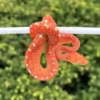
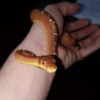
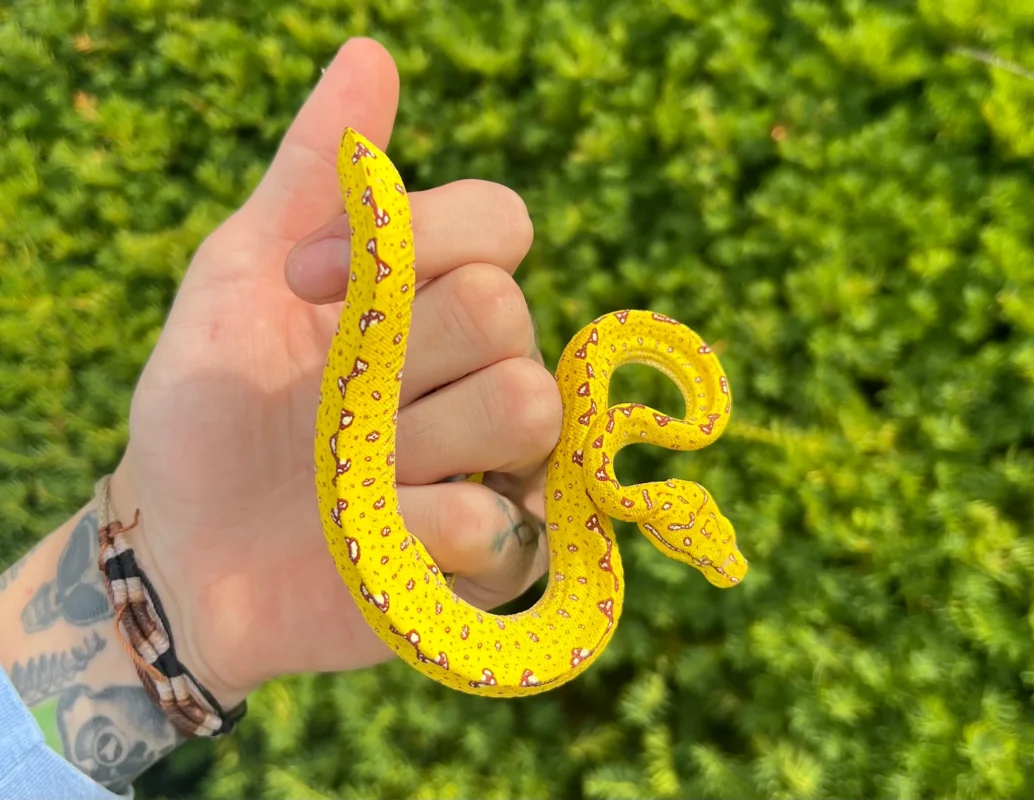



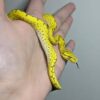
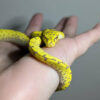
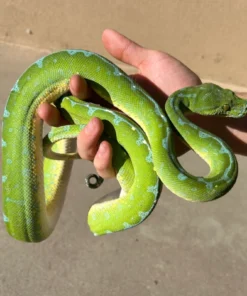

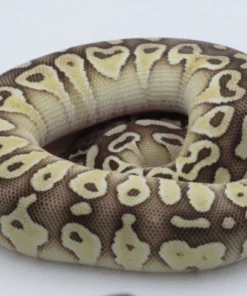
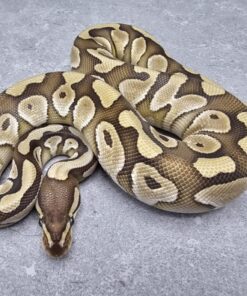
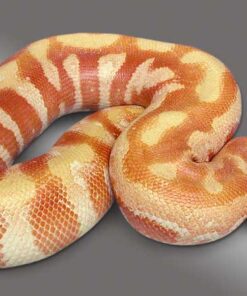
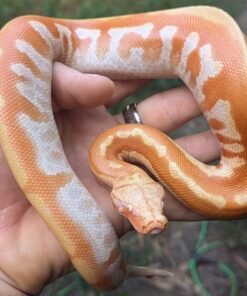
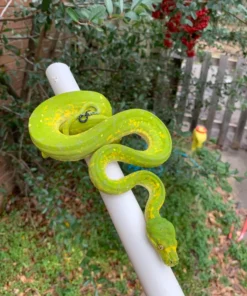
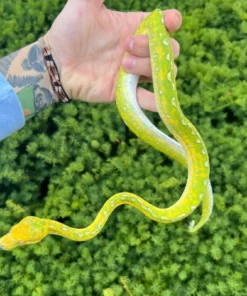
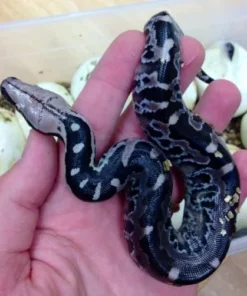
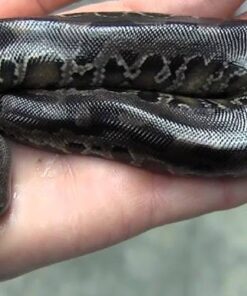
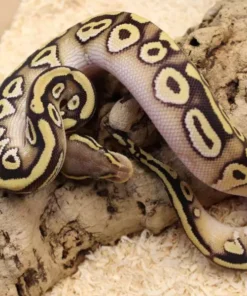
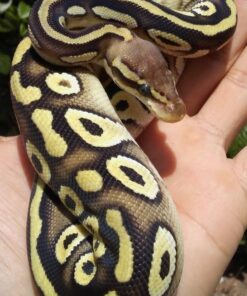
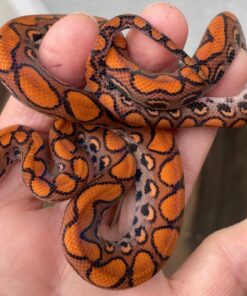
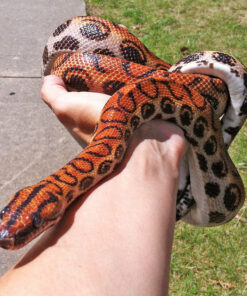

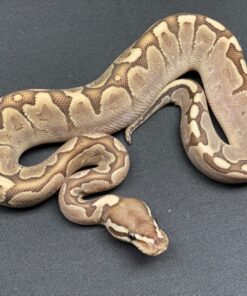
Reviews
There are no reviews yet.